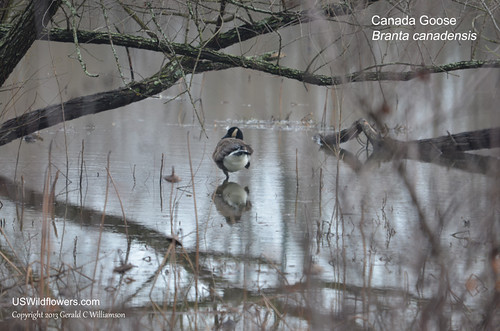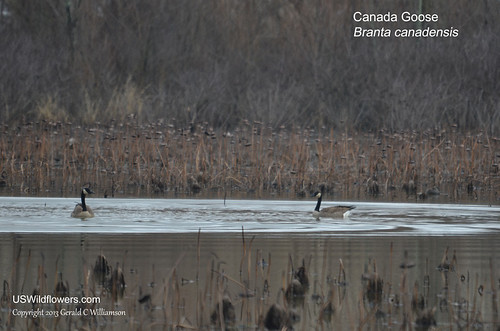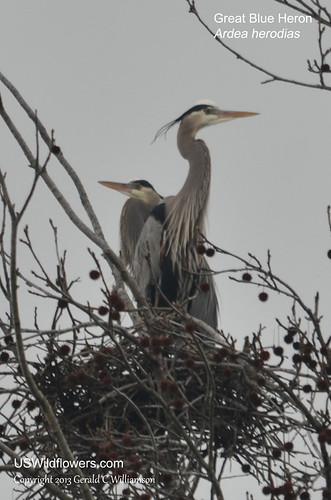Chattanooga has done a great job of developing its riverfront and greenways over the past 20 years. The Riverwalk that runs for 10 miles along or near the Tennessee River from the Tennessee Aquarium on the riverfront in downtown Chattanooga all the way up to Chickamauga Dam is a jewel of that development. It’s one that I’ve so far neglected to explore except for a couple of small pieces. My wife, Cindy, and I will start trying to correct that neglect. On Friday and Saturday we walked and photographed a section of the Riverwalk near the Amnicola Marsh, visited the bridge over Chickamauga Creek, and also enjoyed a Great Blue Heron rookery on the Chattanooga State Community College campus. Here are a few photographs from this past week.
One of our highlights on Friday was the Red-shouldered Hawk (I think I’ve got that ID correct) that posed for us in a tree along the Riverwalk, allowing Cindy and I to take quite a number of photos. The Cornell Lab of Ornithology says “a Red-shouldered Hawk is typically a sign of tall woods and water,” and this does describe the area of the Amnicola Marsh.
In my excitement over the Red-shouldered Hawk – a “lifer” for Cindy and me, at least as far as being able to identify it – I’ve gotten ahead of myself. The hawk was near the end of our Friday walk. The first thing that drew our attention in the pond at the marsh, as interesting to me as the hawk, were these strange dangling seedpods out in the water. Clearly an amphibious plant, but I didn’t recall ever seeing them before.
Back home after our walk I hit Google to search for aquatic plants found in Tennessee. One of the links I checked was a North Carolina Department of Environment, Health, and Natural Resources document entitled “Common Wetland Plants of NC.” On page 144 of that document I found a line drawing with the answer – Nelumbo lutea – American Lotus. The woody seedpod which had grabbed our interest in the marsh also grabs other folks’ interest – it is apparently used in decorative displays (Cindy confirmed that she has seen it used as such.) Another Google search for American Lotus in the Amnicola Marsh confirmed that these plants are the yellow-tepaled American Lotus, rather than the pink- or white-tepaled introduced species Nelumbo nucifera. If I hadn’t found that photo I would have been reduced to measure the seeds or waiting until spring to determine the species.
Friday was a good day, but one of the reasons we came back to Amnicola Marsh on Saturday was the photo below. There were a number of ducks out on the pond, but they were too far away for decent photos for the 200mm lens I had with me. When I looked at this photo, I noticed the Hooded Merganser. At that point we decided to return on Saturday, and I would take my 400mm lens with me.
So we did come back Saturday, even though it was another drizzly day. When we arrived at the Amnicola Marsh, there wasn’t much activity. We didn’t see the Hooded Merganser – if it was there it stayed well out of our range – but there were a number of Canada Geese at the little hummocks around the pond – just chillin’.
There was also a family of mallards on one of the hummocks, but not much action. However, after we were there for about 30 minutes, a flock of ducks came in (subsequently identified from photos as Northern Shovelers,) and a flock of more geese showed up. I liked this photo of the goose-stirred open water with the American Lotus lining both the near and far sides.
We hung out at the marsh for a while, mostly hoping to get some closer photos of the ducks. Unsuccessful and getting a little hungry, we stopped by a nearby Burger King and grabbed some “food”, and drove on up to Chattanooga State Community College, since I knew that was near the north end of the Riverwalk. I wanted to see if there was access from the campus. There didn’t appear to be, but as we were driving around, we spotted this Great Blue Heron sitting by a pond, screened by a willow tree.
As we were photographing this bird, another pair landed on the other side of our car, and then flew toward a treeline across the parking lot. We drove over there, and excitedly discovered this Great Blue Heron rookery. Apparently this rookery is well known to local birders. I was surprised to find it in trees right next to a very busy parking lot.
Here is a pair of the herons on their nest.
There is a creek near the rookery. The creek is alongside the campus on the Chattanooga / Hamilton County River Park property. This Great Blue Heron struck various poses for us until we tired of the game after around 20 minutes.
We headed back south on Amnicola Highway, and made a stop at the Riverwalk parking area at Chickamauga Creek. One more photo, taken from the bridge over the creek. This cropped photo of another Great Blue Heron landing had something of the appearance of a painting to me; I liked it. Another good ending to two good days on the Chattanooga Riverwalk.
Thanks for the visit!












I recognized the Lotus, but have never seen it growing wild & didn’t know there was an American Lotus. The Heron rookery is wonderful.. Wow!
Yeah, we were pretty excited about both of those; the Lotus and the rookery. Thanks for the visit and the comment, Cindy.